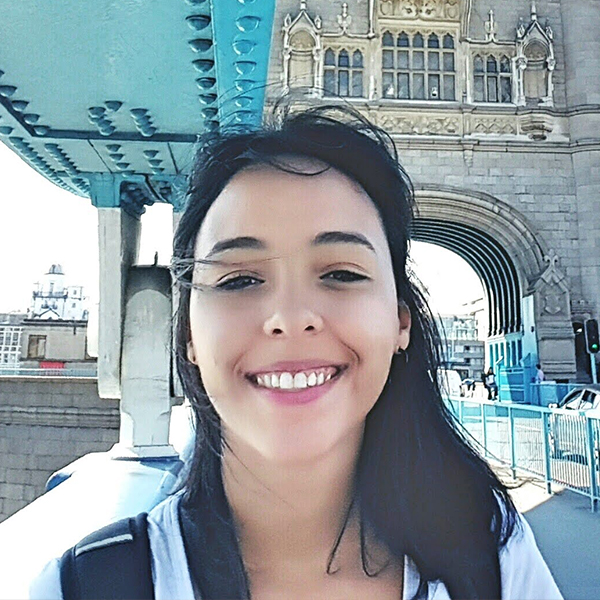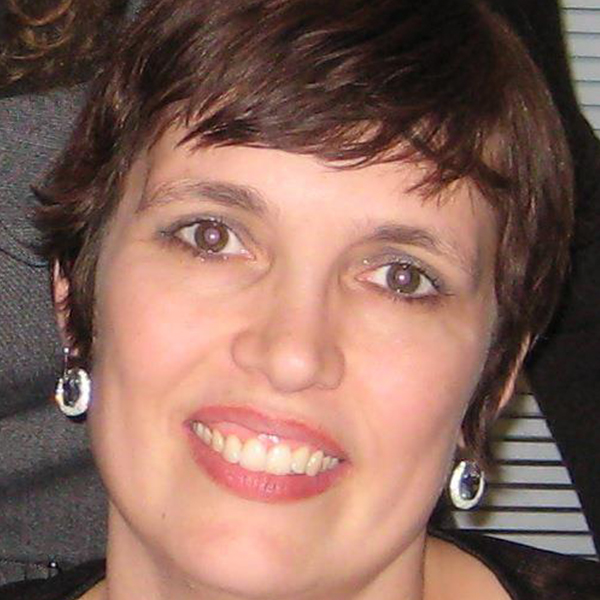
Comusic.
Comusic is an ongoing project that seeks to study the impact of collaboration networks' topological features on musical success. To that end, we analyze and identify such characterizations in a musical success-based network; that is, a network composed only of successful artists. Our findings offer a new perspective on success in the music industry, unraveling how collaboration profiles can contribute to an artist's popularity.

Our Methodology
Initially, using data from Billboard and the Spotify platform, we model a "successful" collaborative network and apply tools of network science to study its structure. By means of topological metrics, we defined four categories of collaboration profiles and, applying a clustering algorithm, we identified three communities with different collaboration patterns and notable discrepancies in musical success levels. Then, we conduct a statistical correlation analysis to evaluate the correlation between collaboration profiles and the artist's success.

Our Findings
By detecting cluster and their respective patterns of network collaboration, we focus on analyzing the impact of these profiles on successful musical artists. Considering topological metrics, we define four main categories of collaboration profiles: Interaction, Distance, Influence and Similarity. Among them, we find that the first three affect musical success more intensely than Similarity.

Our Contributions
Our findings provide evidence that: (i) there are indeed distinct success factors for music collaboration profiles that are socially measurable, and (ii) there exist common factors to successful collaboration in the music market. Furthermore, our exploratory approach based on collaborative networks can easily be extended to other areas of knowledge (e.g., arts and science).


